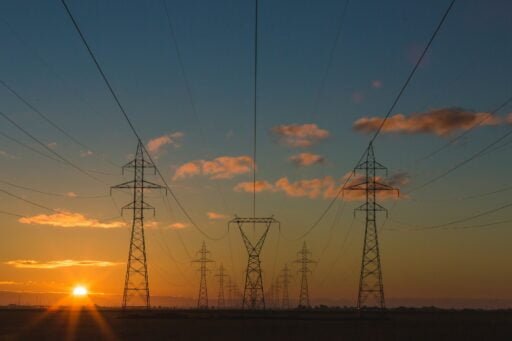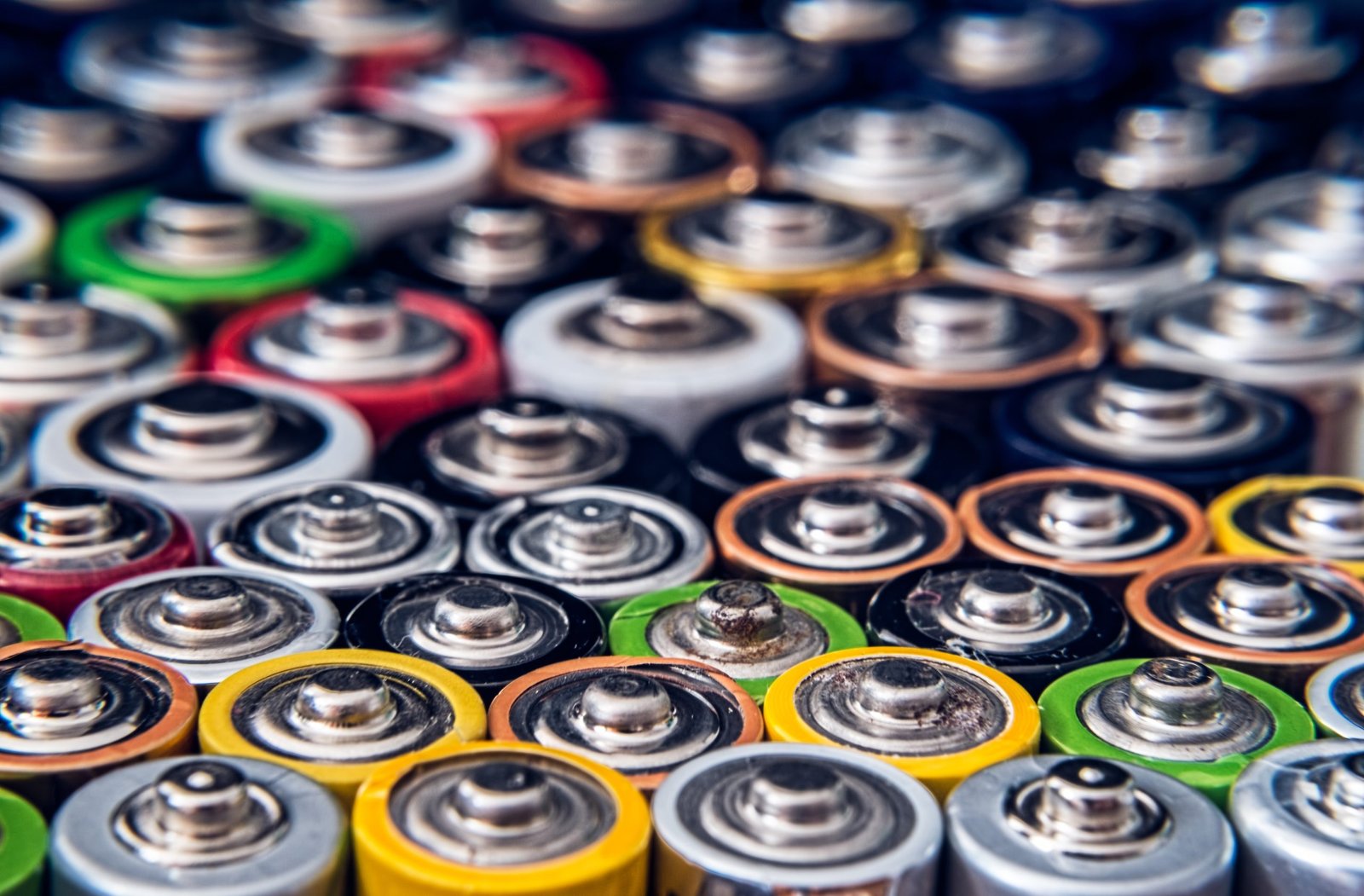The North American Electric Reliability Corporation’s (NERC) 2023 Long-Term Reliability Assessment (LTRA) was released in December 2023, and it illuminates several pressing issues regarding the future of electric grid reliability across North America. A notable uptick in peak demand forecasts marks a departure from the long-standing trend of stable or declining growth rates, driven primarily by the broader move towards electrification, including the proliferation of data centers (including new demand from generative AI), electric vehicles, and the shift to electric heating systems which is reshaping seasonal demand patterns.
At the heart of the assessment is the anticipated transition in the energy sector’s resource mix over the coming decade, with a significant pivot towards renewables such as wind, solar, and battery storage. This shift is set against the backdrop of expected retirements of over 83 gigawatts of fossil-fueled and nuclear generation capacity by 2033, raising reliability concerns. Regions like the Midcontinent Independent System Operator (MISO) area and the SERC-Central region could face reserve shortfalls, threatening the grid’s ability to meet peak demands.
Adding another layer of complexity is the growing reliance on just-in-time natural gas deliveries for power generation which heightens fuel supply risks and underscores the critical interdependence between the electric and gas sectors. This dynamic makes the energy system more susceptible to disruptions, a vulnerability starkly highlighted by the severe impacts of recent winter storms.
The report also points to challenges in expanding and modernizing the transmission network crucial for supporting the evolving energy mix and ensuring reliability. Despite the increase in planned or under-construction transmission projects, siting and permitting hurdles pose significant delays.
NERC’s LTRA concludes with a call to action for energy policymakers, regulators, and industry players, emphasizing the need for a concerted effort to integrate new generation resources with reliability attributes, thoughtfully manage the retirement of existing plants, enhance the transmission network, and adapt planning and operational processes to a more complex system. Strengthening stakeholder relationships is also highlighted as a key step towards bolstering grid reliability in the face of these transformative challenges.
Sufficient’s take:
Our key takeaway from NERC’s LTRA is the increasing significance of personal contributions to grid stability and the shift toward renewable energy sources. By adopting solar panels, battery backup systems, and household electrification, individuals can reduce their reliance on traditional energy grids and contribute to a broader, more sustainable energy landscape.
Solar panels allow homeowners to generate electricity, potentially lowering utility bills and decreasing dependence on fossil fuels. Battery backup systems enhance this by storing excess solar energy that can be deployed during peak demand times or outages, further alleviating pressure on the grid. Integrating EV chargers complements this eco-friendly approach by supporting the transition to electric transportation, reducing greenhouse gas emissions.
Moreover, as the grid evolves to incorporate more renewable sources, these personal energy solutions can provide additional resilience and reliability to your home. They offer a practical response to the challenges highlighted in the North American Electric Reliability Corporation’s assessment, such as increased peak demand and the transition in energy resources. By adopting these technologies, consumers contribute to a more sustainable and reliable energy future and position themselves to navigate the changing energy landscape with greater autonomy and security.





